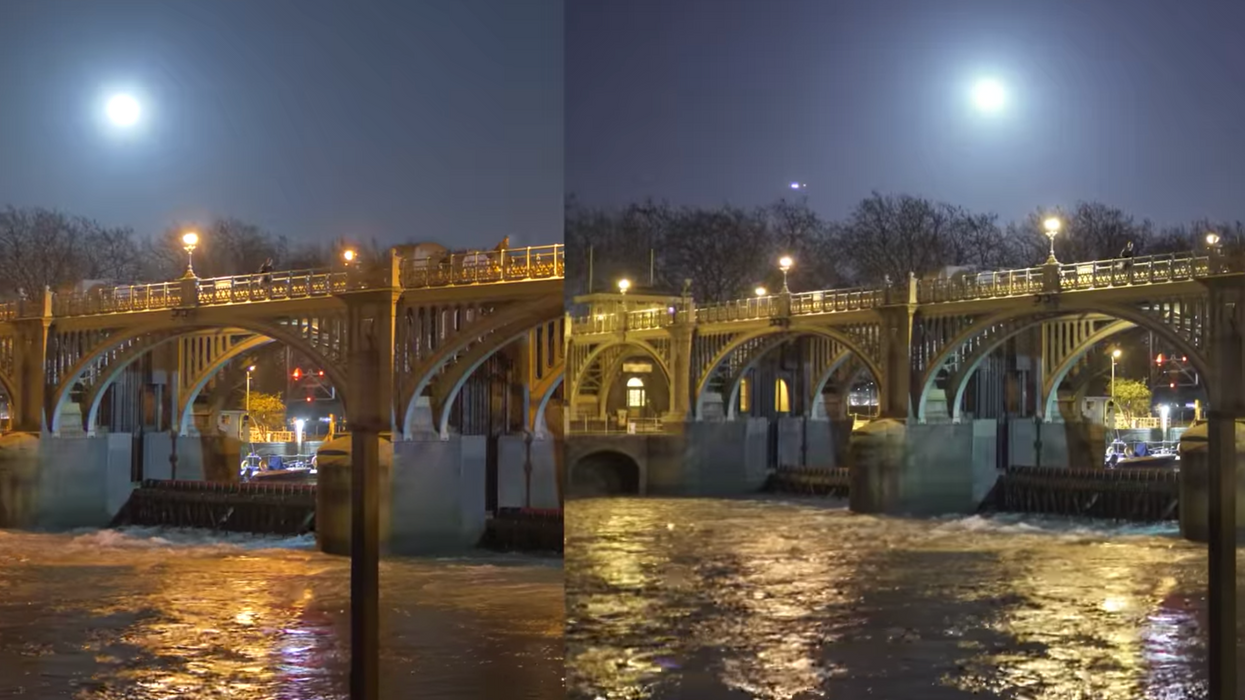Watch: Side-by-Side Comparison of Sony a7S II and Panasonic GH5s Low-Light Capabilities
Is the debate finally over?

For the past few years, an enormous debate has been warring within the film community: Sony or Panasonic? Which micro four-thirds camera is the one to own? The Sony Alpha series had been touted as the superior camera due to its low-light capabilities, and so Panasonic has struck back by releasing its upgrade to the already impressive GH5: a more "video-cenric" GH5s. The primary focus in developing the new camera was to bridge the low-light gap with Sony.
Of course, low-light sensitivity shouldn't be the only factor in choosing a camera, but if it were, then the Sony a7S II would clearly have the GH5 beat. But how does the GH5s stack up against Sony's best now that the camera has undergone a series of improvements for low-light shooting specifically?
As a reminder, the GH5S features a newly designed chip (with half the megapixel count of the GH5) to perform better in low-light. Panasonic also added Dual Native ISO to the GH5s, removed the 5-axis mage stabilization found in the GH5, and (although they can both record 4K DCI and UHD) enabled the GH5s to tackle 60p (the GH5 is currently limited to 24p in 4K DCI).
Camera maven Philip Bloom took the cameras to the street to settle the "low-light king" debate once and for all, bringing along a Sony a7R III, Sony a7S II, and Panasonic GH5s for his low-light test. He chose to focus on the same scene with each camera set as close to the same settings as possible. Bloom also notes that this is "not a field of view comparison or detail test as the depth of field is very different between the two cameras."
While the video shows how the a7S II has the GH5s beat in just how bright the image can get, the GH5s still produces a high-quality image. The clear winner is totally a judgment call based on the viewer's preferences, even if it still looks like the a7S II is better at picking up detail and the color looks a bit closer to how the actual scene was lit. It's not an exact science, however, as different lenses were used on the different cameras.
Much of that can be toyed around with in post, and if you care enough to go that far, Bloom has made the different sequences available for download.
Both cameras are priced at around $2,500, so with such similar price points, much of your decision will come down to taste. Which image in the videos do you prefer? Let us know in the comments below.
Source: Philip Bloom











